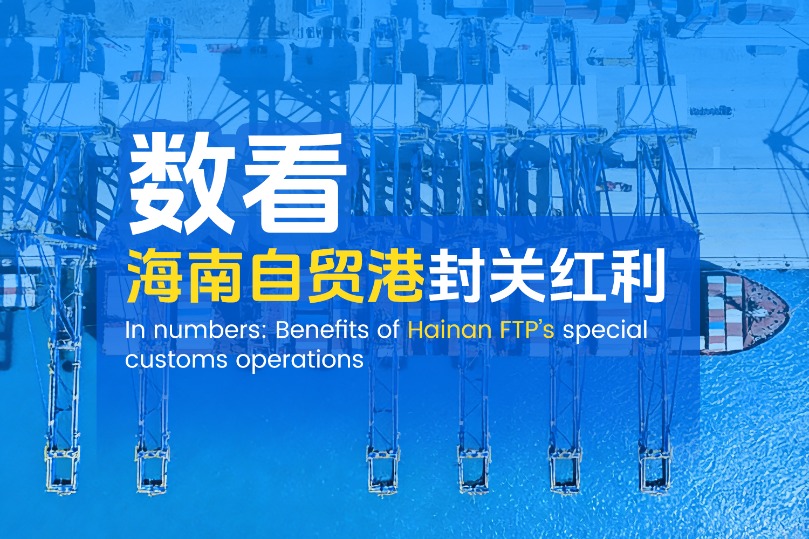Pursuit of carbon neutrality brings many financial opportunities, challenges


Over the next five to 10 years, China's high-carbon sectors, including energy, transport, construction and manufacturing, will develop clear and more ambitious carbon-reduction strategies.
As an important participant in green climate financing, the financial sector should also grasp and study such trends and lay out the target for "net-zero carbon" as early as possible.
Financial institutions need to enhance their understanding about climate change from a strategic perspective, actively embrace carbon neutrality, grasp the great opportunities in carbon neutrality and promote the development of green industries.
The goal of carbon neutrality will bring three types of challenges to China's financial sector. The financial risks associated with climate change come from two main sources: direct risks associated with climate shocks and the possible risks during transition to a net zero carbon economy.
First, households, companies and countries exposed to direct climate shocks will increase their risk exposure in the form of increasing risk of loan defaults, asset depreciation or sovereign risk. Severe losses from extreme weather events directly affect borrowers' ability to repay their loans, and both the probability of default and the loss from default will increase.
Climate-sensitive enterprises are directly exposed to the risk of revenue reduction and business disruption. For several years in a row, extreme weather events, inadequate mitigation and response to climate change and natural disasters ranked among the top three of 29 global risks in the World Economic Forum's Global Risks Report.
Second, risks in asset allocation associated with climate change are rising. The rapid transition to a net zero carbon economy means that deep decarbonization of high-carbon industries like energy, power, industry, transportation and construction will become the key task for China's low-carbon transition.
Third, policy actions, technological changes and changes in consumer and investor behavior, like carbon pricing, higher energy efficiency standards, tighter environmental laws and public awareness of green consumption, will increase the operating costs of high-emission enterprises in these sectors and reduce their profitability and solvency, which may increase credit risk for financial lenders.
The shift to carbon-intensive industries will also have an impact on energy and commodity prices, corporate bonds, equities and some derivatives contracts.
While the risk of a sudden and significant systemic adjustment may not arise immediately, future financial risks will rise more quickly if financial institutions' portfolios do not align with a carbon-neutral path over the next few years.
Meanwhile, there are a number of potential opportunities for financial institutions to transition to a net zero carbon economy. China's move toward carbon neutrality will inevitably bring about profound changes in the country's energy structure and industrial structure, and will create huge new investment markets in many fields.
These include renewable resource use, energy efficiency, clean power generation, energy storage, hydrogen energy, carbon capture and absorption, and digitization. In this process, financial institutions can unearth and harness great opportunities for development.
The transition to a net zero carbon economy will bring new industry-related investment opportunities, and financial institutions with a focus on certain areas may face major adjustments.




































